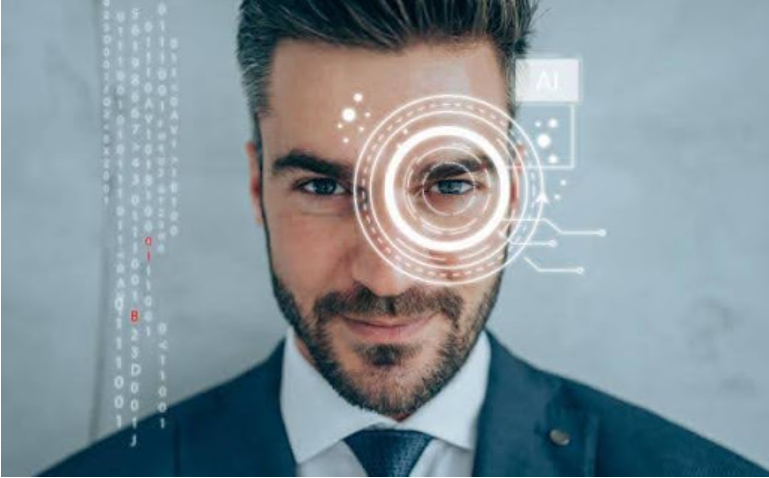Artificial intelligence platforms, through deepfake technology, produce realistic fake videos and audio elements. The altered media content spreads inaccurate information along with fake images very rapidly. Fraudsters exploit deepfakes to create fake impersonations of people to get unauthorized access to sensitive information. People need to maintain constant alertness because they face considerable risks with the best deepfake software.
Deepfake fraud has developed into an urgent financial security problem. On average, businesses succumb to deepfake scams that cost them $600,000 each time, but certain fintech firms face losses exceeding $1 million. AI-generated videos help criminals pass security checks as they trick their targets into submission. Security methods that provide strong verification must receive organizational financial investment to prevent these attacks.
Deepfakes have become a significant cause of misinformation and identity fraud incidents. Fake video footage endangers public reputations by carrying political disinformation. Social media sites lose their ability to control the swift spread of deepfake content on their platforms. Trustworthy detection methods form an absolute necessity to terminate destructive deepfakes.
The text examines deepfake technology through its current developments and escalating threats to financial crimes together with false message propagation. This article provides both detection approaches along with protective strategies that stop AI-created frauds and identity theft.
Understanding Deepfake Detection Software
Deepfake detection solutions utilize artificial intelligence and machine learning to study the contrasts between manipulated voice patterns and altered facial activities that enable users to find false content. The detection software analyzes blinking patterns, facial expression dysfunctions, and speech irregularities to uncover bogus content.
Advanced tools implement deep learning models by analyzing pixel descriptions in combination with light contrast patterns and vocal expression variations. They also integrate biometric authentication protocols to ensure security. Before picking detection software, businesses should focus on getting programs that deliver reliable results at high accuracy and support multiple media types to enable quick detection for their purposes, including businesses, law enforcement, and content producers.
The Role of Deepfake Detection in Cybersecurity
Deepfake detection plays a huge role in stopping fraud and misinformation before they spread. It helps verify identities, protect sensitive data, and prevent scams that use AI-generated videos and voices. Industries like finance, media, and law enforcement rely on detection tools to catch fraudulent activity. Banks use them to stop identity theft, news agencies fight fake reports, and police track down digital crimes.
Despite its importance, deepfake detection faces serious challenges in spotting advanced manipulations. AI-generated content keeps improving, making fakes harder to detect with traditional methods. Some tools struggle with high-quality deepfakes that mimic real facial movements and speech patterns. Constant updates and improved algorithms are needed to stay ahead of evolving threats.
Exploring Deepfake Detection Online Tools
Users get fast verification about image and video alterations with online deepfake detection software. These tools check for facial motion inconsistencies together with lighting problems and audio contrast issues to identify possible modification attempts. AI models within popular platforms execute content scans to determine authenticity likelihood through probability assessments. The tools function differently because they provide quick checkout services against deeper examination through uploads.
Users and business organizations can easily access online tools for instant verification services. Such tools function without demanding software installation to provide users with easy operation. The software tools fail to deliver the same degree of accuracy that specific software applications provide. The high level of quality reached by deepfakes occasionally enables them to resist online detection because improved technology solutions must be employed for accurate results.
Advancements in Deepfake Detection Technology
Detecting deepfakes through AI algorithms proves increasingly effective because these algorithms now inspect facial movements in combination with voice pattern evaluation. Deep learning models are advanced detection abilities that help find basic and highly realistic fake images and videos. By implementing blockchain technology, organizations can authenticate content with digital fingerprints of original files that are stored on the system. Combining watermarking with biometric authentication establishes multiple security points that stop manipulation attempts.
The development of deepfake detection systems will emphasize real-time analysis tools and AI models that can adjust their threat recognition capabilities. Science-based tools in development track down deepfakes through their tissue motion characteristics and speaking patterns. State governments and technology corporations dedicate resources to improve their verification system capabilities. Consecutive innovation is the primary requirement to defeat the future variations of deepfake technology.
Conclusion
Deepfake detection software selection hinges upon three essential characteristics, including precise detection and swift operations alongside support for various media file types. Computer systems with advanced AI capabilities identify fake content to stop fraud activities before this content reaches wider audiences. Better detection technology requires constant advancement because deepfakes become progressively advanced, which reduces their detectability. Educating individuals about deepfake threats and promoting accountable AI practices enables both people and organizations to maintain security.

